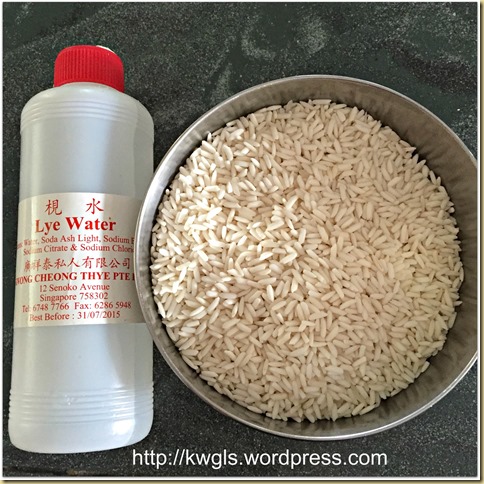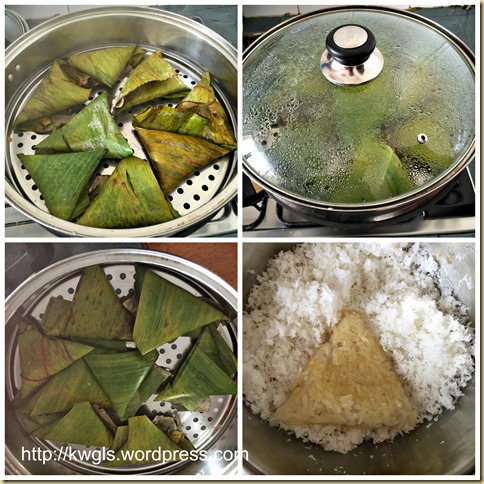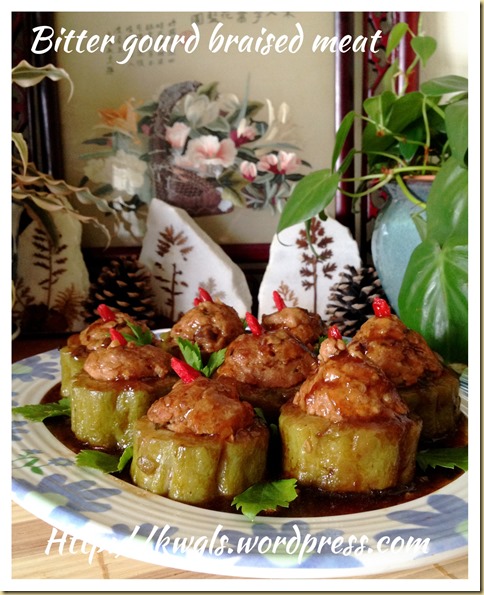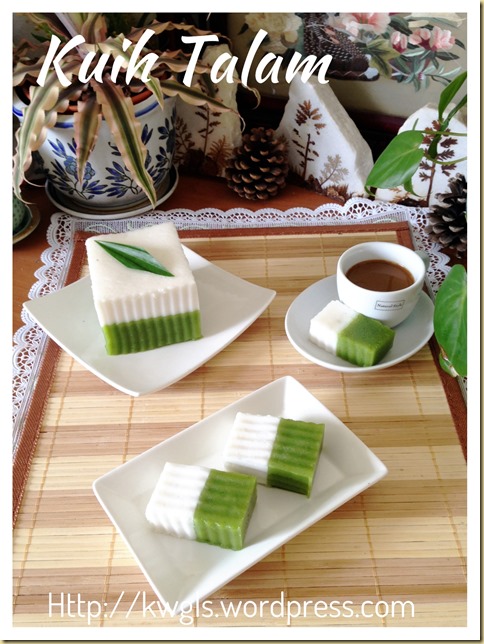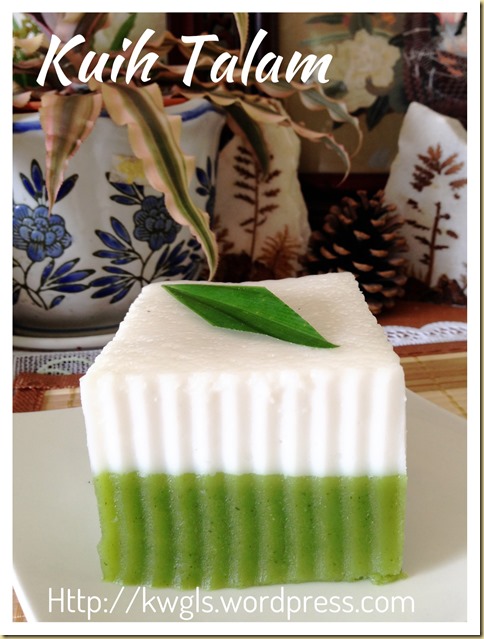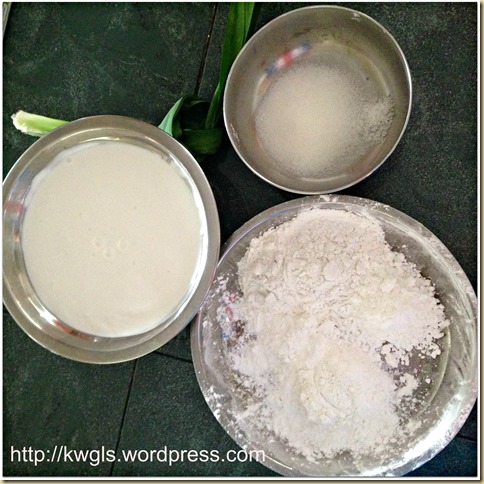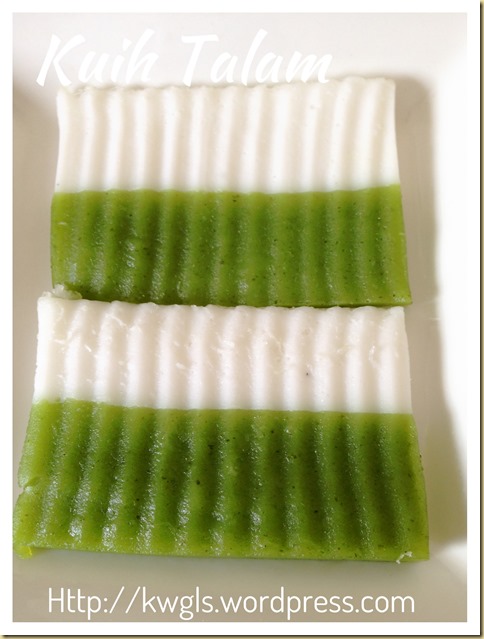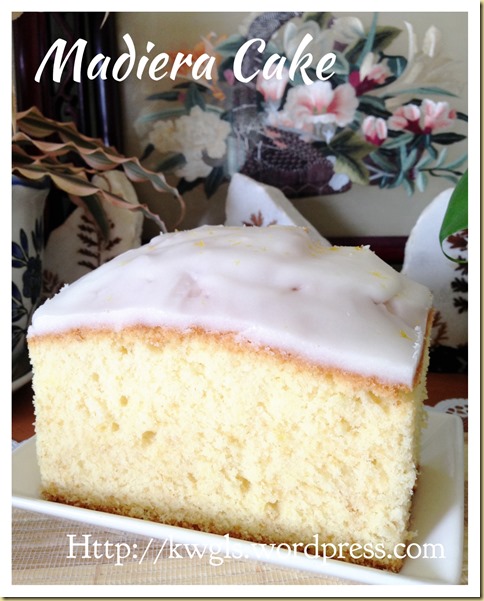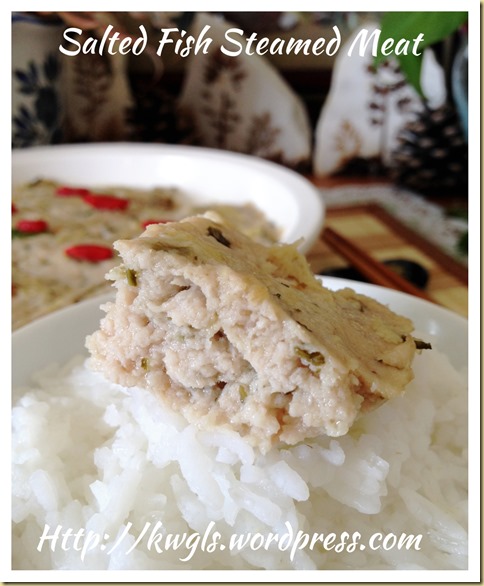INTRODUCTION
2 years ago, I humbly set up this blog without much expectation and I am happy that the blog is growing steadily in these two years in terms of number of readers and readership statistics. As at 30 April 2015, total readership was 3,240,426 hits.. much well above my expectations.. I would like to take this opportunity to thank readers for your full support and I struggled to provide more simpler and easier recipes for all ..
Last year when the blog celebrating the first anniversary, I have shared a pandan huat kuih recipe which is rather well received. So today, I thought of designing another huat kuih recipe to share with readers. I hope that this recipe will benefit those Buddhist reader who are looking for a pure vegetarian huat kuih (meaning no egg and no butter recipe).
I am struggling what type of huat kuih should I design and I settled at Chinese tea – Oolong tea flavoured huat kuih. Why Oolong tea, the tea is selected for its light fragrance and peoples used to offer oolong tea to the deities.. I have decided to shelf off the idea of using other current trendy flavour like chocolate, cheese or even ribena as I do not think such flavour exists during the time of the deities.. Ha-ha.
If you are not a fan of Chinese tea, you can always change to earl grey tea or Japanese matcha tea flavour.. As for Chinese tea, you can use tea like pu-er, jasmine, loong jing or like this illustration, oolong tea.
I am generally please with this adventure. It is a beautiful and rather healthy snack with minimum oil. It is light and soft cake. It goes well with some Chinese tea or even coffee or tea.
WHAT IS REQUIRED
Servings: Prepare 6 huat kuih
-
250 grams of self raising flour (自发面粉)
-
150 grams of castor sugar (白砂糖)
-
1 teaspoon of double acting baking powder or baking powder (双重发粉或发粉)
-
250 grams or ml of concentrated oolong tea (浓缩乌龙茶)
-
50 grams of cooking oil (食用油)
-
1 teaspoon of oolong tea powder (乌龙茶粉) – optional
* As per the concentrated oolong tea, you will need 2-3 tablespoons of dry oolong tea and steep in hot water for at least 15 minutes. Use a spoon to press the juices out. As for the oolong tea powder, you can use a pastel and mortal to grind the tea leaves. It will enhance the flavour but the colour may be darker. You can use other tea such as jasmine, loong jing, earl grey or matcha too.
STEPS OF PREPARATION
-
Get ready a steamer with water capable of steaming the Kuih for at least 20 minutes.
-
In a big mixing bowl, sift the self raising flour and double acting baking powder (and tea powder, if any). Make a well in the centre. Add the sugar, oolong tea and cooking oil gradually. Use a hand mixer and whisk until well mixed.
-
Transfer it to some cupcake cups and fill the cups with the batter until at least 95% full. Steam in the steamer under high heat for 15-20 minutes or until a skewer inserted in the centre come out clean. It is best that the cupcakes cups be pre-steamed before filling of the batter. You shall use high heat in the entire process of steaming. Best served hot as a snack.
CONCLUSION
Hope this recipe will help readers who are looking for a pure vegetarian huat kuih recipe. Do use your preferred tea to come out one which suit your taste buds.
Hope you like the post today. Cheers and have a nice day.
-
For more recipes, you can refer to my RECIPE INDEX (updated as at 13 March 2015) here and you can follow me at PINTEREST or visit the blog’s FACEBOOK PAGE to keep abreast of my future posts. Also follow me at INSTAGRAM or TSU, a new social network for some more personal sharing other than recipes.
-
If you are a Pinterest user and you are interested to have more recipes, you can join or follow this Pinterest Board set up by me where there are more than 2600 recipes worldwide and pinned by various bloggers: FOOD BLOGGERS AND FOODIES UNITED PINTEREST BOARD.




















